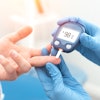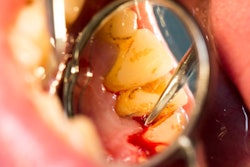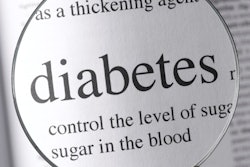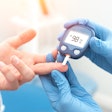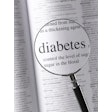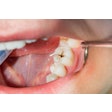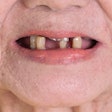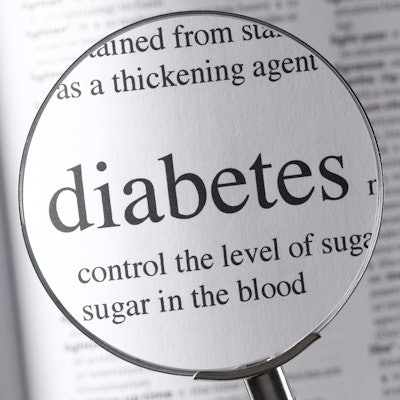
Periodontal disease is a major complication of diabetes mellitus. But is a patient with type 2 diabetes more likely to develop periodontal disease than a patient with type 1 diabetes? A study presented at the recent American Diabetes Association's annual meeting tried to answer this important question.
As these types of diabetes develop quite differently, understanding possible differences in the clinical variables of the two conditions may help prevent and manage periodontal disease in these patients. The researchers found that patients with type 2 diabetes were more likely to have periodontitis and gingivitis than patients with type 1 diabetes.
"Periodontal disease prevalence was higher in patients with type 2 diabetes, and it is associated with age progression, duration of disease, and poor glycemic control, regardless of the type of diabetes," the study authors wrote.
The study was led by Marcello Gaieta Vannucci, DDS, a dental surgeon in Porto Alegre, Brazil.
Age also a factor
Periodontal disease involves a complex interplay between oral bacteria and a patient's response to that bacteria. Systemic conditions such as diabetes mellitus also can affect a patient's periodontium. Periodontal disease is the sixth most frequent chronic complication of diabetes mellitus, the study authors noted.
“Periodontal disease prevalence was higher in patients with type 2 diabetes, and it is associated with age progression, duration of disease, and poor glycemic control.”
However, as the mechanisms that lead to the development of the diabetes types are different, the researchers sought to discover if patients with type 1 diabetes or those with type 2 diabetes were more likely to have periodontal disease.
Their study included almost 290 patients: 102 patients with type 1 diabetes, 103 patients with type 2 diabetes, and 83 patients without diabetes in the control group. The patients were screened for periodontal disease according to the recommendations of the American Academy of Periodontology and the ADA. The study excluded patients who had periodontal treatment in the previous six months.
The patients with type 1 diabetes were generally younger than those with type 2 diabetes. None of the type 1 diabetes patients smoked, while 30% of the type 2 diabetes patients did. About 54% of the type 1 diabetes patients were men, compared with 63% of the type 2 diabetes patients.
The patients with type 2 diabetes had a rate of periodontal disease more than twice that of patients with type 1 diabetes. However, the researchers also found the factors that affected development of periodontal disease in these patients included age and glycated hemoglobin (HbA1c), which identifies average plasma glucose concentration. The higher the number means the greater the risk of a patient developing complications of diabetes.
| Characteristics of periodontitis in patients with diabetes | ||
| Type 1 | Type 2 | |
| Patient age | 19.6 | 57.1 |
| Percent smokers | 0% | 30.3% |
| Percent men | 54% | 63% |
| Number of years diagnosed | 7.0 years | 10 years |
| Rate of periodontal disease | 41.2% | 93.2% |
The type 1 diabetes patients with periodontal disease were generally older than those type 1 diabetes patients without periodontal disease (22.3 years versus 17.7 years). They had been diagnosed with diabetes longer (8.5 years versus 7.0 years) and had a higher HbA1c (10.2 versus 8.8).
The type 2 diabetes patients with periodontal disease also were older than type 2 diabetes patients without periodontal disease (58 years versus 44.7 years). They had been diagnosed with diabetes for a longer period of time (10 years versus 5 years) and had a higher HbA1c (8.6 versus 5.7). Patients with type 2 diabetes presented positive associations with severe periodontal diseases as a result of tobacco use (more than 31% versus 14.3%) and more advanced age, the researchers noted.
Diabetes type important
Periodontal disease is more prevalent in patients with type 2 diabetes than in those with type 1 diabetes, the authors concluded.
"After adjustments performed by multivariate analysis, we found that the presence of [type 2 diabetes] increased the chance to have periodontal disease," the researchers wrote.


